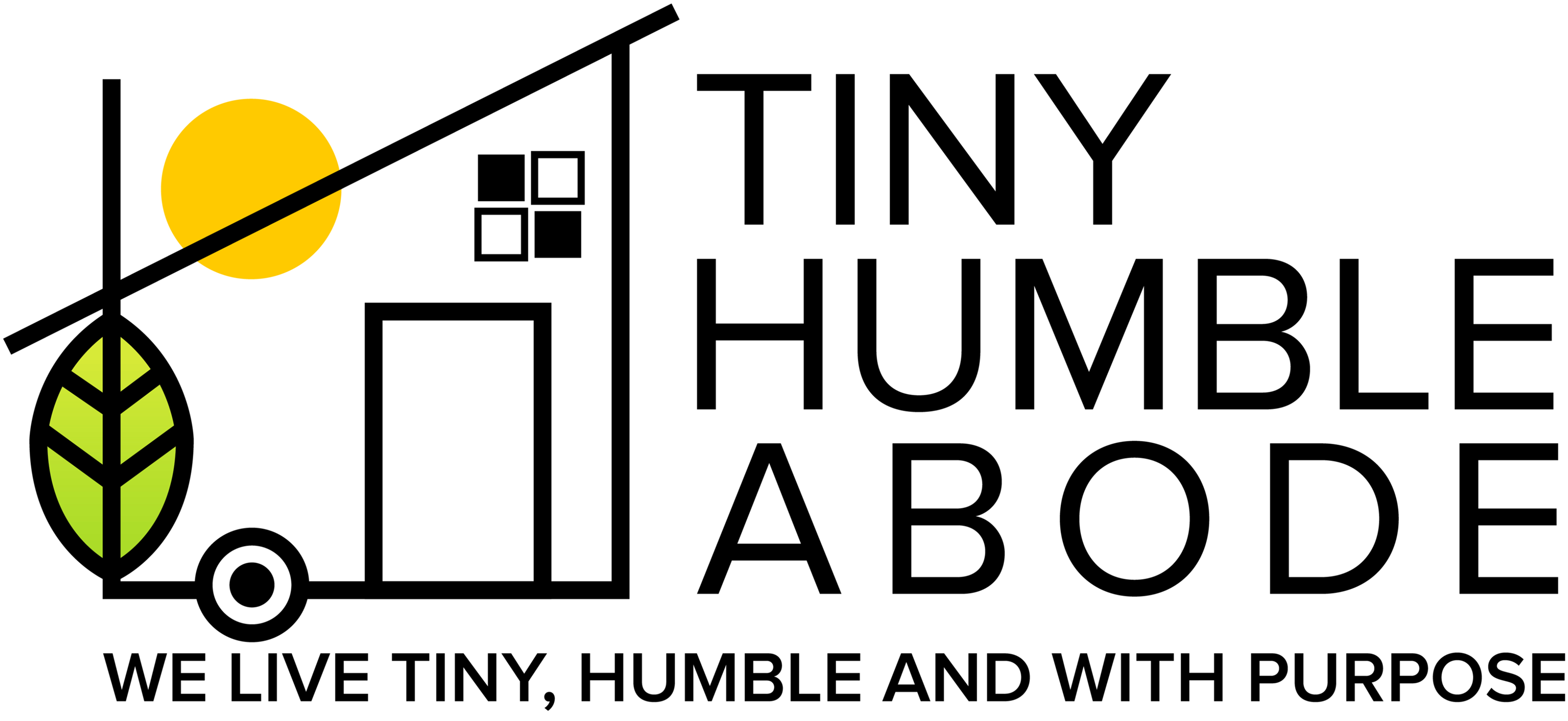Tiny living is more than just a trend; it is a lifestyle choice that honors simplicity, sustainability, and economical living. A tiny house is generally held to be one of 399 square feet or less, not counting lofts. These tiny homes offer a compact but practical living space designed with efficiency and cost-effectiveness in mind. Whether downsizing, saving costs, or simply living a greener lifestyle, tiny living is an interesting opportunity to achieve just that.
Why Choose Tiny Living?
The growing number of people are opting for tiny homes has various reasons. Some examples include:
Low Cost
One benefit is that tiny homes cost much less than a normal home. This is so because they are regarded as motor homes (RVs) rather than being termed as standard residential properties, which means that usually their owners do not pay any property tax for these homes.
Lower Utility Costs
A tiny home consumes less electricity and less heating or cooling. This, too, can reduce the monthly cost. Water in several tiny home communities is from a well, so most residents would not have to pay for water consumption.
Environmentally Friendly Living
A small home equals a reduced carbon footprint. Other sustainable practices perform in favor of living smaller to include trash minimization, the use of glass over plastic, and borrowing books from libraries rather than purchasing them.
Minimalist Living
With limited space, tiny homeowners have to be very deliberate about the things they keep. This promotes a steered lifestyle away from clutter toward what is necessary and purposeful.
Sense of Community
Many tiny homeowners either belong to or choose to intentionally remain in tiny home villages; they can form a close-knit community of like-minded individuals who have access to shared resources.
How Do Tiny Homes Work?
Tiny homes have different styles and setups, but they essentially fall into two categories:
Tiny homes on wheels: These mobile homes can always travel anywhere, offering flexibility and freedom to the owners. In fact, by law, these homes are classified as recreational vehicles (RVs), so they normally do not have to pay property tax.
Tiny homes on foundation: These are permanent homes that are normally built on-site and keep their location. They might have certain restrictions as to zoning legislation, which may vary from place to place.
Challenges of Tiny Living
With all their advantages, tiny living comes with its challenges:
Space constraint: Living in a small space will involve adjusting to less storage, smaller kitchen appliances, and limited space for furniture.
Not ideal for large families: Tiny homes are basically suitable for those who are single, couples, or small families, but there are some tiny homes with lofts that offer more sleeping space.
A budget is important: Space is at a premium, so tiny home residents should put careful consideration into every item they physically bring into their homes-from kitchen appliances to everyday dishes.
Bottom Line
Though tiny living may not be for everyone, for those who feel the call towards a simplistic, eco-friendly, and financially viable way of life, it can be everything they would ever want. If you want to minimize your environmental impact, live simply, or save more cash, tiny living could be a great deal of fun on your journey toward financial and personal freedom.
Will you follow suit? Let us know in the comments!


